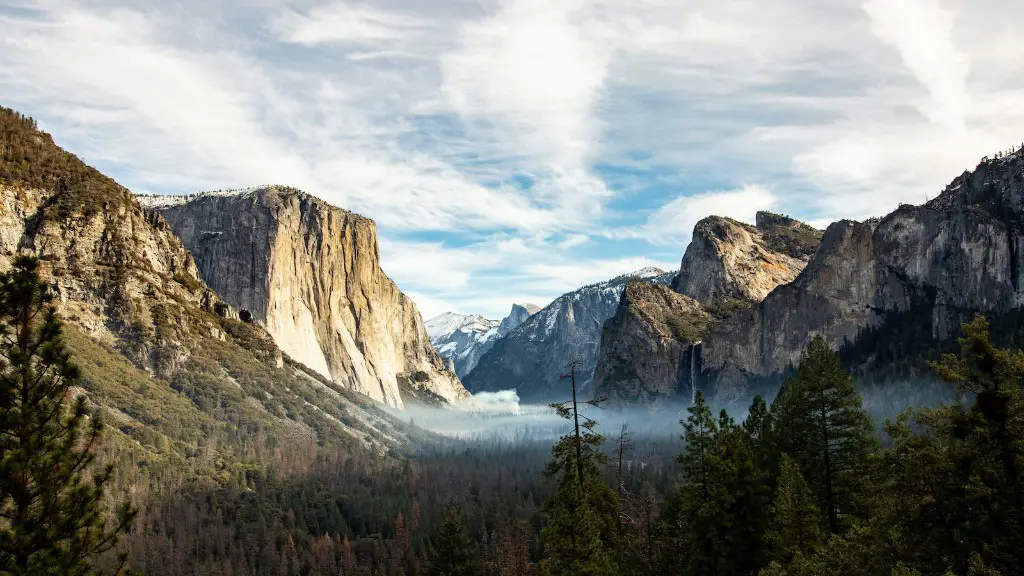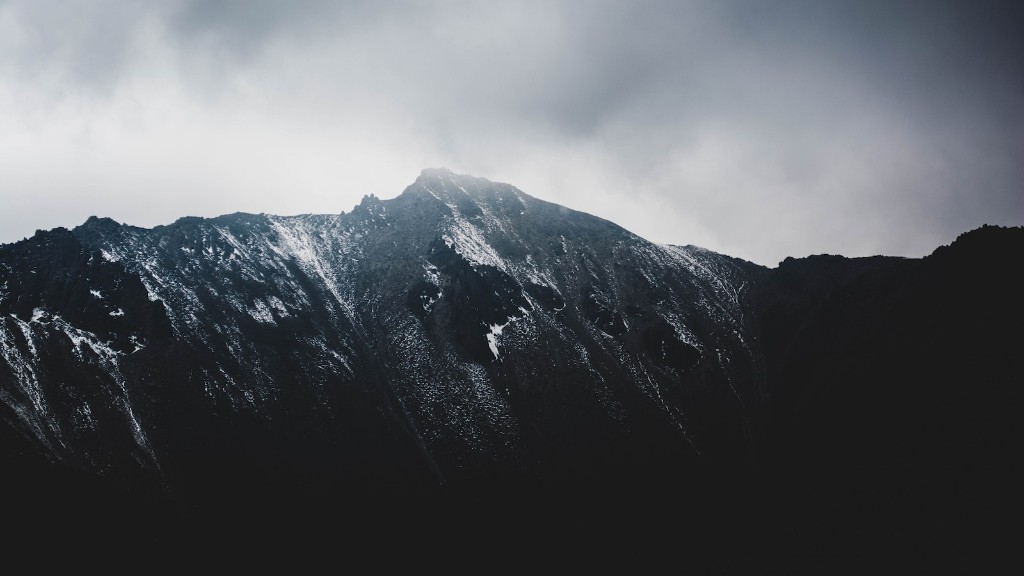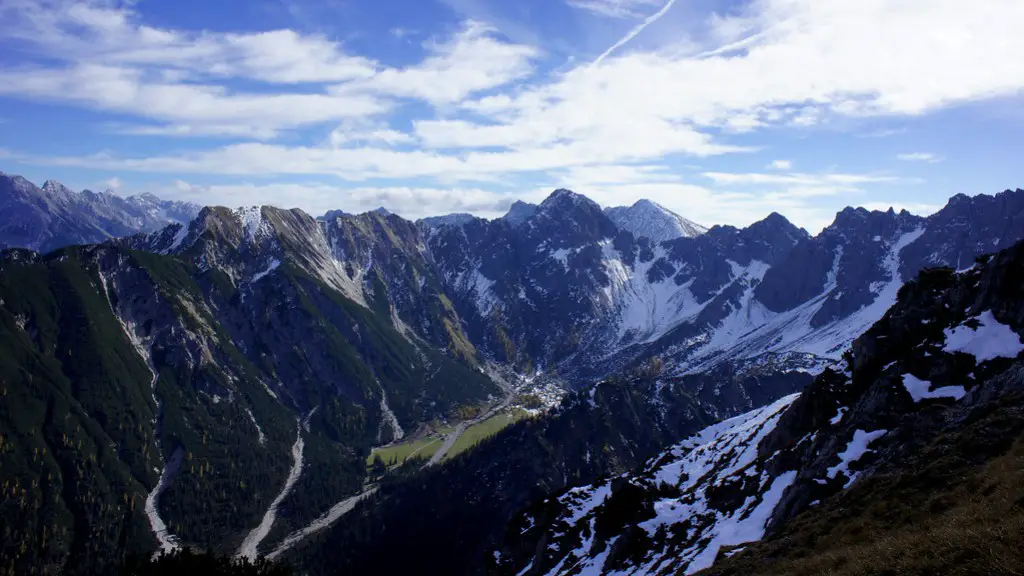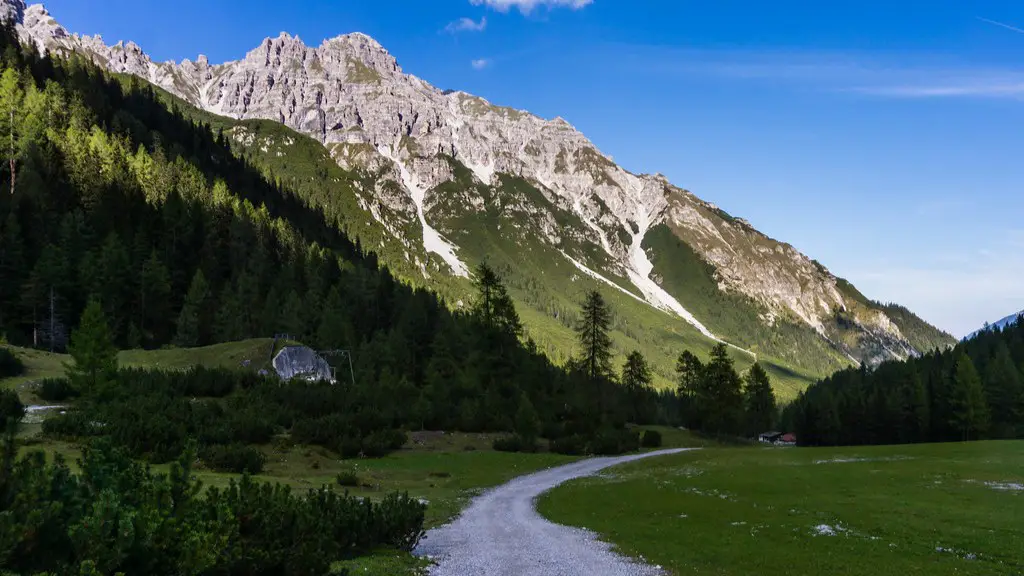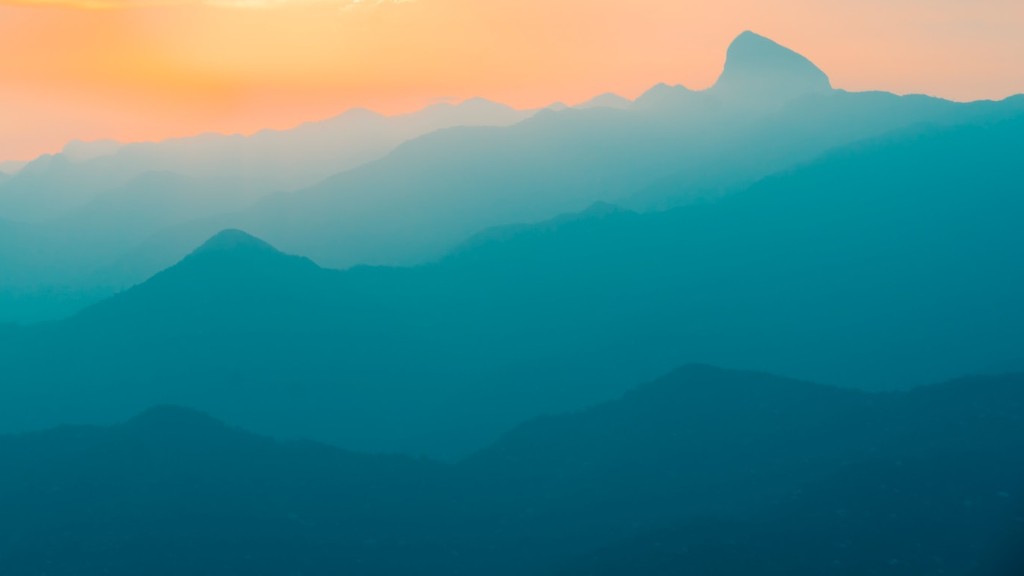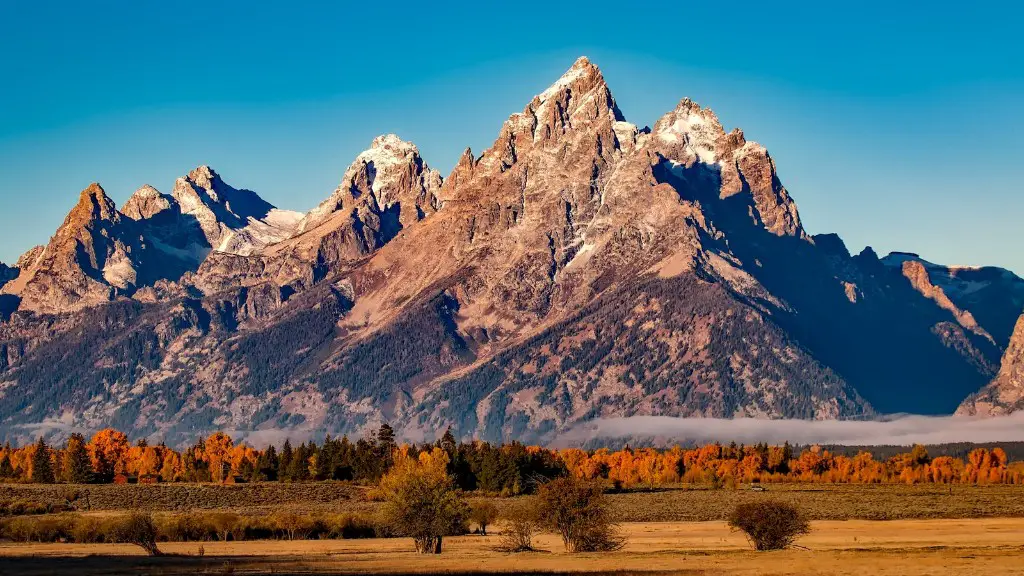Some people might say that climbing Mount Everest is one of the most difficult things that a person can do. They would be correct in saying that it is a huge undertaking, both physically and mentally. It requires a great deal of training and preparation, as well as a lot of courage. However, it is also an incredibly rewarding experience, both in the sense of achieving a great feat and in the sense of gaining a deeper understanding of oneself.
Climbing Mount Everest is no easy feat. It’s been called the “world’s most dangerous mountain” and it’s known for its deadly avalanches, crevasses, and exposed ridges. More than 300 people have died trying to summit Everest, and that number is only increasing as more and more people attempt to climb the mountain each year. So, while it’s certainly not impossible to climb Everest, it is definitely difficult, and it’s certainly not something to be taken lightly.
Can a normal person climb Mount Everest?
In order to successfully summit Everest, you must be incredibly physically fit and have previous experience at high altitudes. Most people spend at least one year training to climb the mountain. You should also be comfortable on AD-rated climbs.
Everest Base Camp is one of the most popular treks in the world, and for good reason. It takes you through some of the most stunning scenery on Earth, all while giving you a taste of what it’s like to summit Mount Everest.
However, while reaching the summit of Mount Everest is a serious feat of physical accomplishment, beginners can trek to Everest Base Camp with (relative) ease. Of course, that doesn’t mean it’s an easy trek! If this is an expedition you’re considering, read on to find out more.
Can I climb Mount Everest with no experience
You need experience, experience, experience: having attempted the Seven Summits isn’t sufficient training for this kind of mountaineering. But beyond high-altitude climbing experience, you also need good footwork, good self-management and understanding of when you might need to turn back.
Prior experience carrying a heavy pack for multiple days is required. Climbers must be able to carry an average of 30 lbs or more and be physically and mentally prepared to deal with strenuous situations at high altitudes.
What is the scariest part of climbing Everest?
The Khumbu Icefall is the most dangerous part of an Everest expedition, even with the extensive systems of ropes and ladders installed each climbing season by the ice doctors. This is because the Icefall is constantly moving, meaning that the ropes and ladders are constantly needing to be adjusted and maintained.
The Mt Everest top sees its coldest temperature from the Mid-December until the Late-January where the average temperature revolves around -37°C(-35°F). Similarly, the average temperature at Everest Base Camp during the winter season is around -17°C(14°F).
Can Mount Everest be climbed in one day?
If you are interested in climbing Mount Everest, you will need up to three months to make the journey. It takes 19 days round trip to trek to and from Everest Base Camp. Once at Everest Base Camp, it then takes an average of 40 days to climb to the peak of Mt Everest.
The world’s tallest peak is Mount Everest, and there are only two routes to scale it: from the Everest North side in Tibet, or from the Everest South side in Nepal. Chinese authorities impose an age limit of 18-60 for climbers in Tibet, while in Nepal, climbers must be a minimum of 16 years old but there is no upper age limit.
How much does it cost to climb Mt Everest
The cost of climbing Everest has continued to increase over the years, with prices ranging from $30,000 to $160,000 in 2022. While this may seem like a lot of money, it is important to remember that the price includes all necessary equipment, guides, and permits. For those looking to conquer Everest, the cost may be worth it!
It is possible for a person to climb to the summit of Everest without using supplemental oxygen, but this would require extreme hyperventilation and respiratory alkalosis. Even with this, the arterial PO2 would be less than 30 Torr.
Who was to blame for 1996 Everest disaster?
Krakauer blamed the inexperienced climbers and the guides who agreed to lead them–in return for large sums of money–for the tragedy. Ninety-eight other climbers made it to the peak of Everest in the spring of 1996, but due to the inexperience of some climbers and the guides, tragedy struck.
In the death zone, climbers are at risk of heart attack and stroke due to lack of oxygen, and their judgment is quickly impaired. This is because their brains and lungs are starved for oxygen. Shaunna Burke, a climber who summited Everest in 2005, told Business Insider that “your body is breaking down and essentially dying.”
How much weight do Everest climbers carry
Sherpas are some of the toughest people in the world. They live in some of the most difficult terrain and at the highest altitudes. They routinely carry more than their body weight in gear, food, and equipment for tourists. It’s not unusual for their loads to be upward of 150 lbs. They are incredibly strong and resilient people who have a great deal of respect for the mountains they call home.
Accommodations during the trek to Everest base camp are the same throughout the route. The houses where you sleep are called lodges or teahouses. They are houses with normally more than two floors but sometimes only one, with dozens of rooms. This lodge is the Sherpa family’s own home 99% of the time (If not 100%).
How do Everest climbers sleep?
There’s no need for an enclosed shelter when the weather’s nice. Climbers sleep in the open air, instead of using the rain fly. They’ll sleep with a lightweight sleeping pad and sleeping bag for comfort and warmth, the same gear that most campers opt for when sleeping in a tent.
Green Boots is a tragic and somber reminder of the dangers of climbing Everest. Every year, climbers attempt to summit the world’s tallest mountain, but many do not make it back alive. Green Boots is believed to be Tsewang Paljor, an Indian climber who died on Everest in 1996. His body has been preserved by the cold temperatures and lies just below the summit, serving as a grim warning to other climbers. Over the years, Green Boots has become a sort of landmark on the mountain, and his story is a reminder of the sacrifices made by climbers who attempt to conquer Everest.
What is the biggest killer on Mount Everest
Acute mountain sickness (AMS) is one of the main causes of fatalities on Everest this year. AMS occurs when the body is unable to take in enough oxygen, causing symptoms such as nausea and vomiting, headaches, dizziness, and shortness of breath.
From a safety perspective, it is generally more advantageous to climb on the north side of a mountain. This is because the north side is typically less treacherous overall, andSuccess rates are also equal on both sides, despite the south side having some other advantages. Additionally, mountain staff face significantly less risk when climbing on the north side.
Final Words
Climbing Mount Everest is considered one of the most difficult things a person can do. It is a very physically and mentally demanding task. Many people have died trying to climb Mount Everest.
While climbing Mount Everest is difficult, it is something that many people have done. With proper preparation and training, it is possible to summit the mountain.
